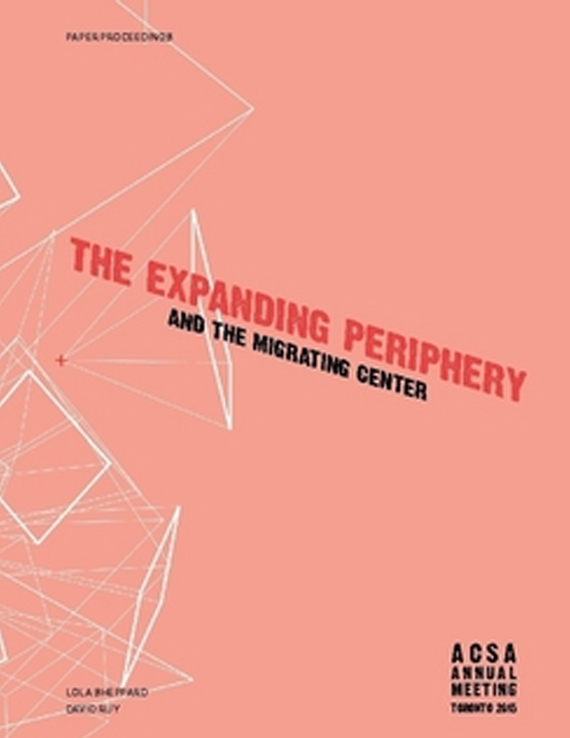Author(s): Amrit Kaur Phull
Through a critical analysis of contemporary and discourse in Architecture and Landscape Architecture, this paper dissects the compulsive dependence on landscape machines and simultaneous dismissal of hunter culture as an idealized past in the context of the ecologically doomed anthropocene. Drawing on research and practice experience in Canada’s Subarctic, the paper contemplates the potential of architecture to provide opportunities to connect and change human behaviours with respect to an ecological good, while unpacking design approaches and behaviours currently in effect in Subarctic First Nations communities.We are living in an epoch of overwhelming human influence on our planet’s ecological processes of self-remediation, replenishment and cleansing. Popularized notions of the eco-city and related concepts in landscape infrastructure support a worldview in which our species survival in the wake of ecological crises is unilaterally dependent on the technological evolution we are able to undergo. Missing from these projects is the sense that, to support the welfare of our ecosystems, we must also evolve socially, culturally, and politically. Are we denying the fundamental need to reprogram human behaviours and attitudes in the hope that our mega-scale machines will assume full responsibility for ecological stewardship? This paper asks if a wounded landscape can be salved only by machines external to our bodies or if the design of cities and landscapes must also be accompanied by a consideration of how the built environment can effect or enhance human behaviours. Contemporary sources from Architecture, Landscape Architecture, Anthropology and Philosophy are complimented with hunter-culture perspectives on landscape, territory, and stewardship in this critical reflection.Within current conversations on ecological and future welfare, the success of hunter culture is measured solely in low human populations and outmoded technologies that simply do not apply in the contemporary moment. Lessons in hunting and landscape garnered in the Subarctic community of Eastern James Bay’s Wemindji helped illustrated a different set of reasons for hunter culture survival. Material presented from first-hand architectural research and practice in the North suggests that there is more to be learned from the ways in which a culture, whose understandings of space, home, and ownership–inverse to a dominant Western worldview—has persisted within its contexture, than simply a sense that the hunt is a relic of a long and lost past and an oversimplified ossification of man and nature. Perhaps it is not about ‘reverting’ to small-scale, nomadic means of existence, but rather about accommodating in our architectural visions of future machines and landscapes means of instilling changed behaviours and greater awareness in their human sharers.
Volume Editors
David Ruy & Lola Sheppard
ISBN
978-0-935502-95-4

 Study Architecture
Study Architecture  ProPEL
ProPEL 
